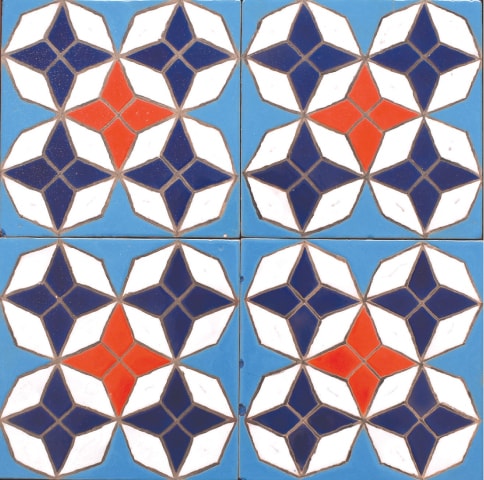
The debate around art and craft has long been a tortuous one, specifically when classifying whether crafts can be considered art, and more so, which work falls into which classification. A rather superficial definition of the main distinctions between art and craft suggests that while the former is an unstructured and open-ended form of expression that works to relay raw emotion or sentiment, the latter is solely based on creation through skill and technicality.
While there may be some truth to these ideas, it in no way encompasses the entirety of the creative work being produced today. Especially in Pakistan, there is an intrinsic need by artists and craftsmen to incorporate both skill and thought to produce an array of work that nullifies the posturing definitions of art and craft.
The V. M. Center for Traditional Arts is a diploma program held by the V. M. Art Gallery in Karachi and is one such program that invites students to come and learn traditional South Asian crafts in an effort to revitalise them within the sphere of contemporary art in Pakistan. This one-year diploma course comes as a result of a partnership with The Prince’s Foundation School of Traditional Arts in London. At a recent exhibition, the gallery displayed the works of the second graduating batch of artists, which included Shanila Dadabhoy, Luluwa Lokhandwala, Sahar Alamgir, Faryal Diwan, Shahzad Zer, Zubair Ansari, and Sana Irfan.
The diploma program is a blended program where students attended both online and in-session classes and are taught by experts from London and Pakistan. The course focuses on sharing a variety of traditional skills such as woodwork, textile, ceramic and painting. There is also a focus on geometric and biomorphic art and how they can be incorporated with color and design.
An exhibition of graduating students shows how they incorporate the traditional and the contemporary into pieces that elevate ‘craft’ into ‘art’
As can be seen from the works of the graduating batch, each artist was able to grasp the various traditional skills they were taught but at the same time did not simply create craft pieces. Instead, they were all able to incorporate their own unique voice and concept that elevated the works and allowed them to amalgamate both, skill and thought.
Shahzad Zer draws inspiration from the local Chawkandi architecture of Makli, as well as, from the works of Adam Williamson, Naseer Yasna and Hedieh Woigani. Using all of this research, the artist then looks at the technicalities of woodcarving through different patternmaking. Muhammad Zubair Ansari focuses his thoughts on the materiality of mahogany wood. Using the acquired skill of carving he is able to study the texture of the grain and incorporate it with geometric patterns.

Luluwa Lokhandwala takes all her acquired technical knowledge and focuses it on the tree and how the motif has been used in Islamic Art. Sahar Alamgir incorporates her own personal experiences into her work. Constantly shifting homes for two decades, Alamgir uses her practice of textiles to understand the ideas of belonging and home, while also finding ways to retrace family lineage.
Faryal Diwan, Sana Irfan, and Shanila Dadabhoy use their knowledge and research to highlight the traditional arts of our homeland. Looking at historic buildings such as the Begum Shahi and Shah Jahan Mosques, they draw influences from the color, materiality, and design to produce contemporary works of art.
As a creative practitioner, one can not shy away from the rich history of South Asian craft. It stands as the backbone for contemporary art in our country, as without it our current art and design education and profession would probably not be what it presently is. Understanding these traditional arts is a great way to not only revive the dying practice but also aid in its revitalization and adaption to a current-day setting.
The VMCTA Graduation exhibition continues from June 20th-July 6th, 2022 at the V. M. Art Gallery
Published in Dawn, EOS, July 3rd, 2022














































Dear visitor, the comments section is undergoing an overhaul and will return soon.